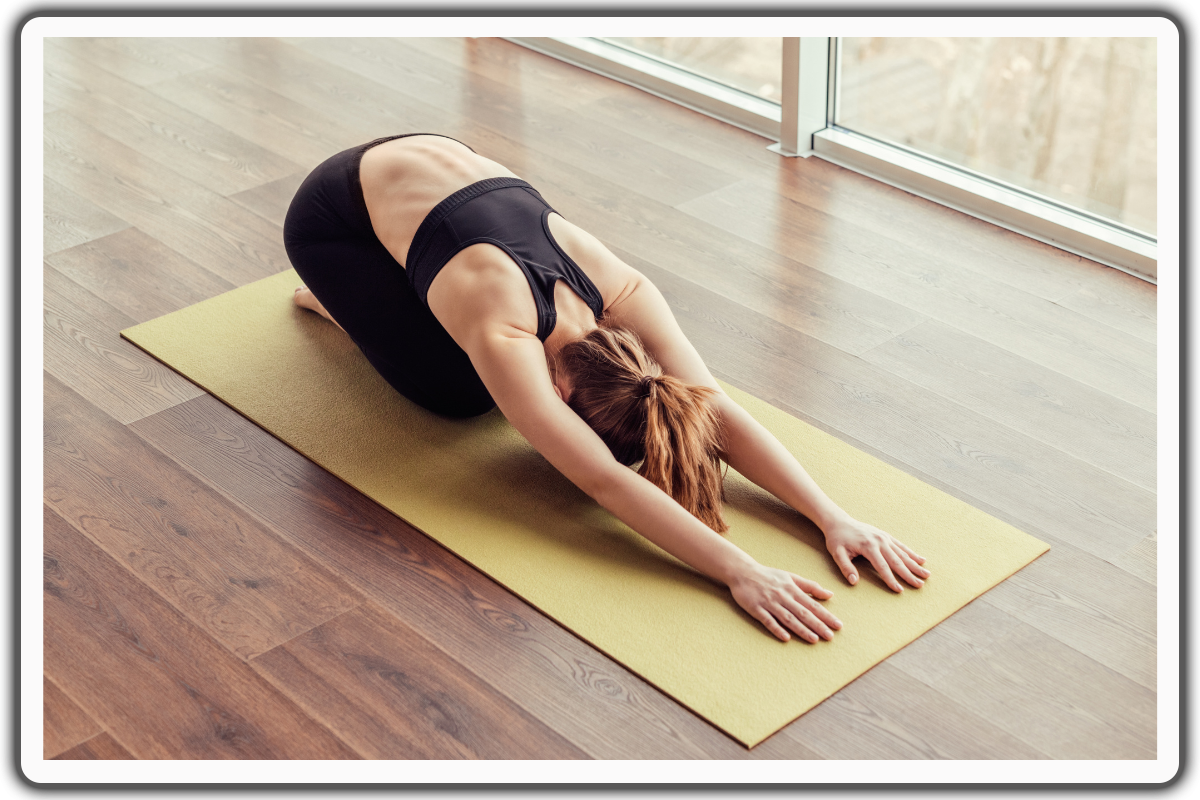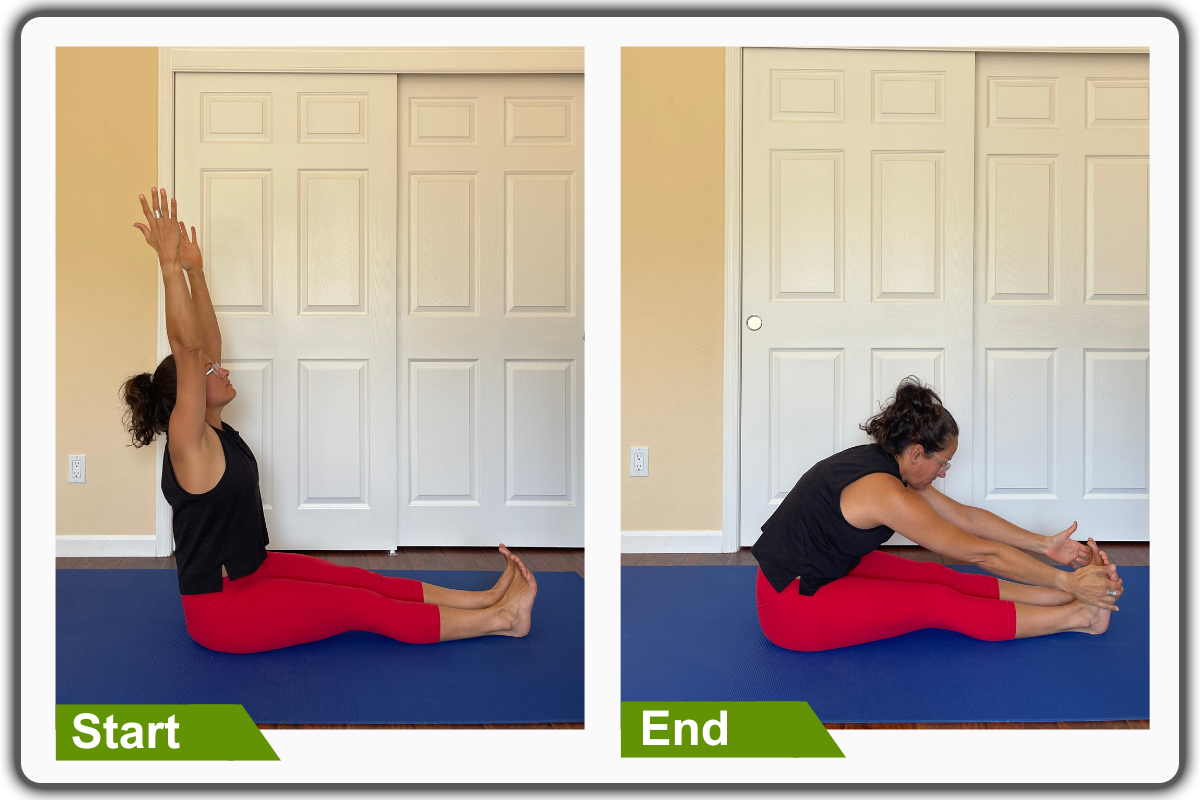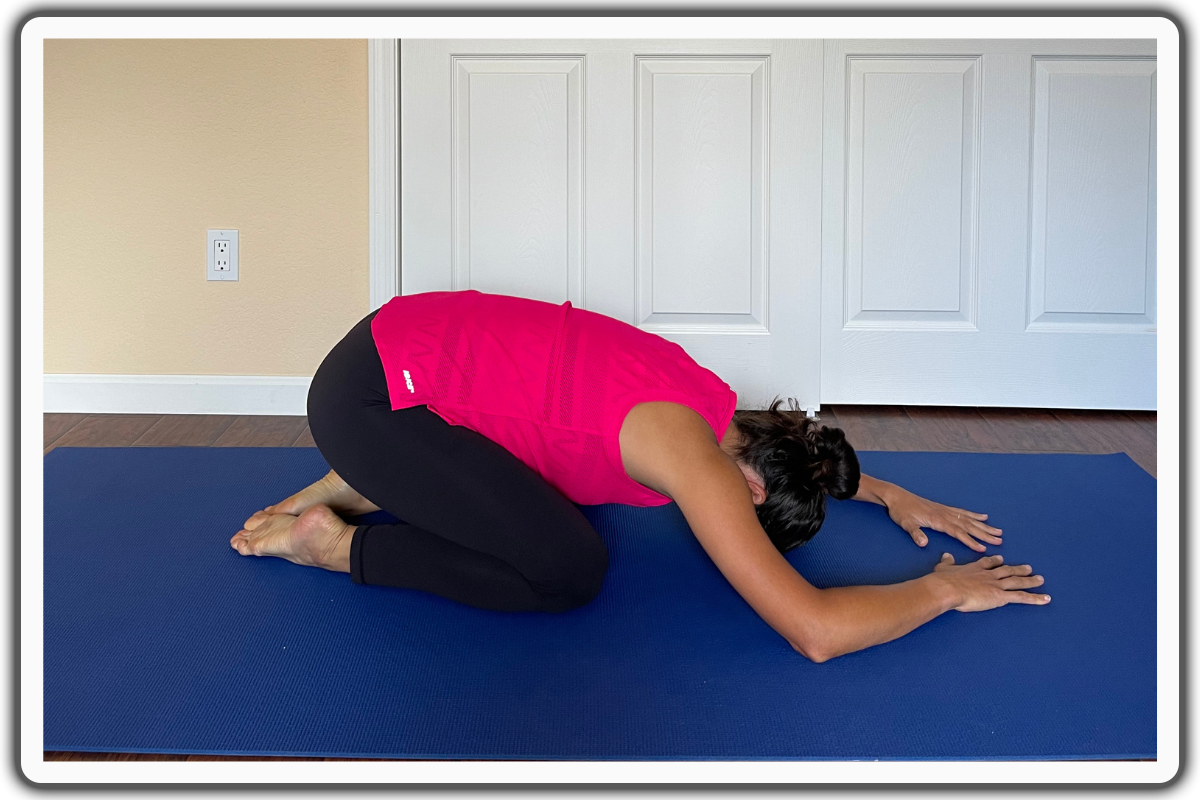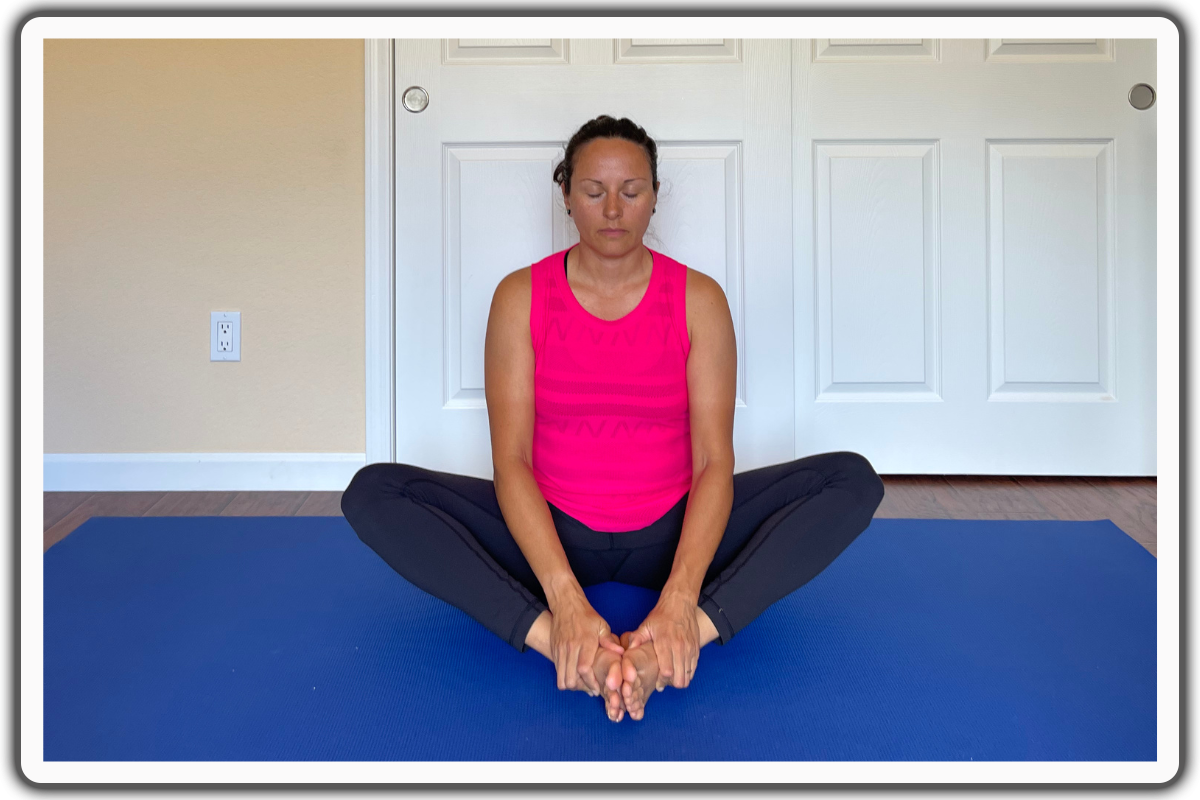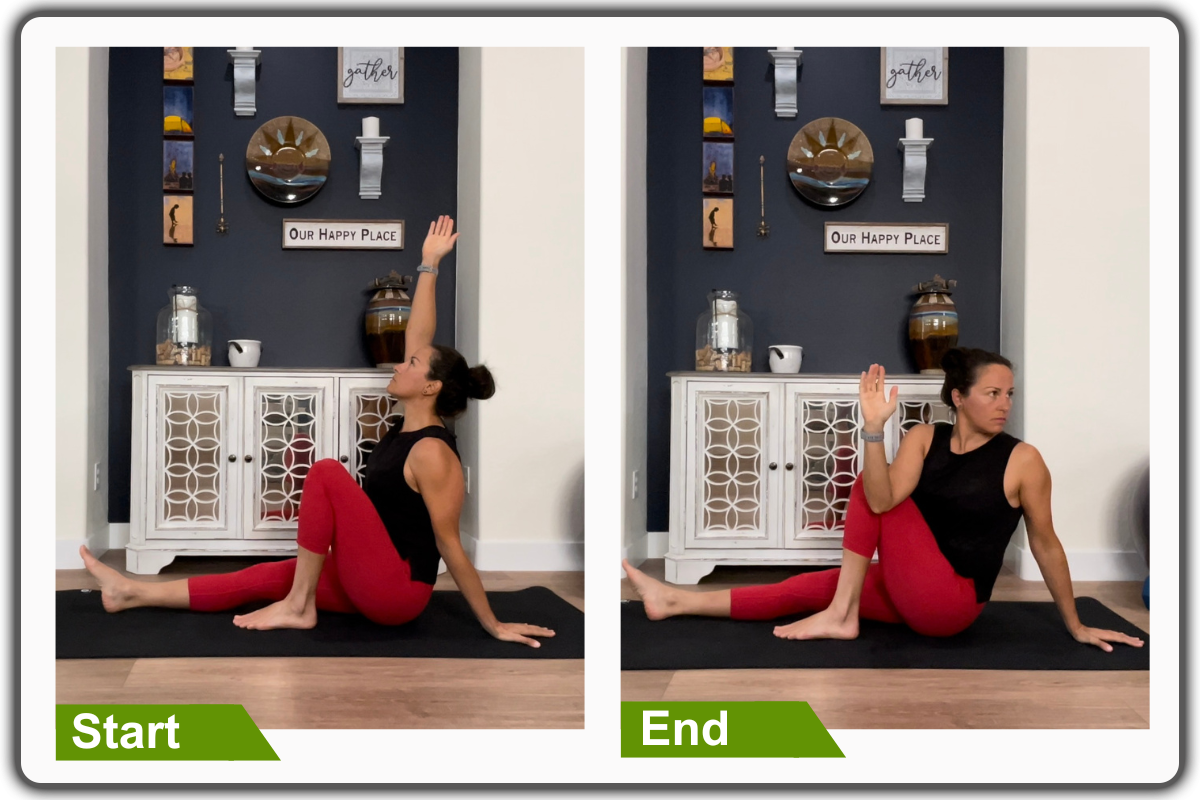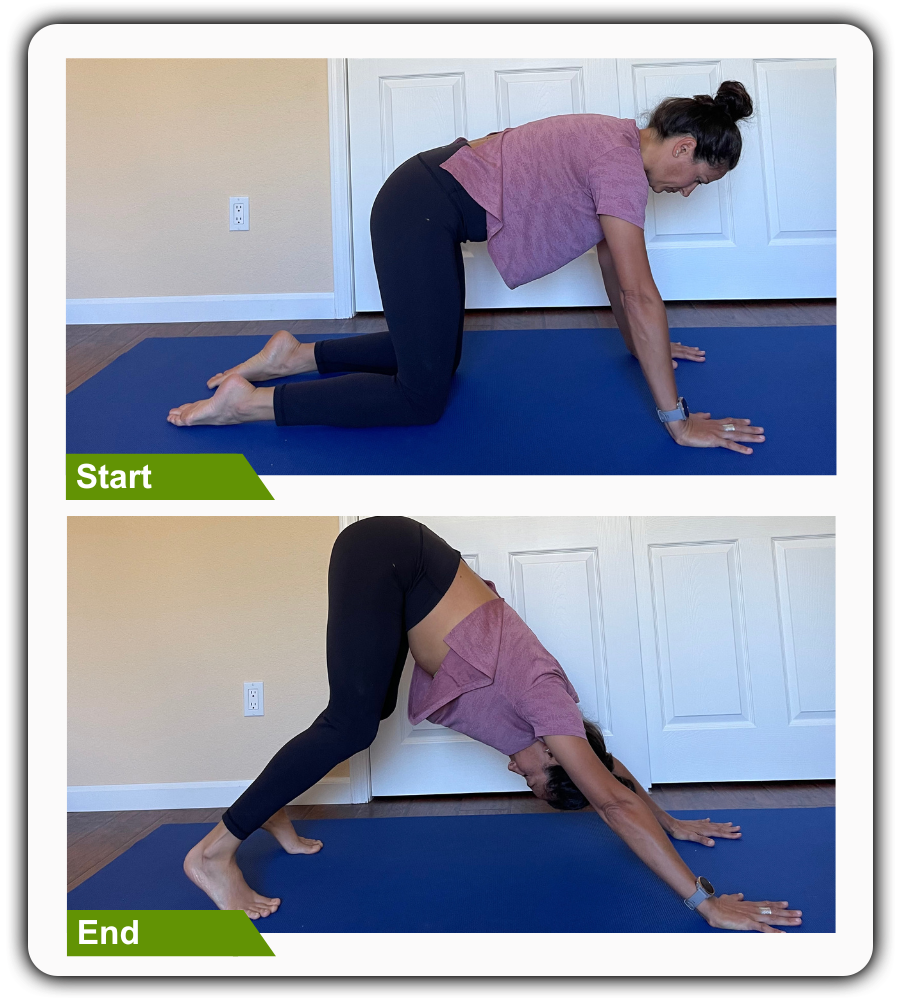Meditation Stretches: Enhance Your Practice with Gentle Movements
Hi there! Let me ask you something—have you ever sat down to meditate and, five minutes in, realized your legs were yelling at you to stop? Been there, done that! It’s hard to find inner peace when your back feels like it’s auditioning for a chiropractor’s office.
That’s where meditation stretches come in. These aren’t just “warm-ups” for meditation; they’re game-changers. A little movement before or after meditating can help you stay comfy, focused, and zen for longer. Trust me, your body will thank you (and so will your mind). Stick around—I’ll walk you through how stretching can make your meditation routine feel less like a chore and more like a treat.
What Are Meditation Stretches?
Meditation stretches are simple movements that help your body prepare for—or recover from—a meditation session. They’re not about touching your toes or doing the splits (unless you’re into that). Instead, these easy stretching exercises focus on loosening up tight spots—like your hips, back, and shoulders—so you can sit comfortably without fidgeting.
Think of them as a little TLC for your muscles and joints. Unlike regular stretching, these moves are all about being mindful and gentle. You’re not just working on your flexibility—you’re creating a bridge between movement and stillness. It’s like giving your body a pep talk before your mind takes the stage.
Why Stretches Are Essential for Meditation to Release Tension
Let’s face it: meditating with a stiff neck or achy legs after extended periods of sitting is like trying to relax on a lumpy couch—it just doesn’t work. Here’s why stretches make such a big difference:
- They Relieve Tension: Sitting still can be a pain (literally). Stretching helps loosen up tight muscles. As Dr. Andrew Huberman, neuroscientist at Stanford University, explains, "Stretching helps loosen up tight muscles, especially in your back and hips". This supports the idea that stretching before meditation helps alleviate physical discomfort and allows for a more comfortable and effective meditation session.
They Improve Posture: A little spinal love goes a long way. Stretching helps you sit tall without feeling like a slouchy potato.
They Boost Blood Flow: Better circulation = better focus. Stretching gets your blood moving, which helps clear the mental fog.
They Ease the Transition: Going straight from busy mode to meditation can be jarring. Stretches help your mind and body ease into the zone.
Additionally, incorporating stretches can significantly reduce stress, making your meditation practice more effective and enjoyable.
Preparing for Meditation Stretches
Before you dive in, set the mood. Think of this as your pre-meditation ritual.
- Find Your Spot: Pick a quiet, comfy place—bonus points for candles or calming music.
Dress the Part: Leave the tight jeans for another day. Go for stretchy, breathable clothes.
Grab Some Tools: A yoga mat, a cushion, or a rolled-up towel can make certain stretches more comfortable.
Set Your Intention: To relax, focus, or not feel like a human pretzel, know your “why” before you start.
Top 5 Easy Stretching Exercises for Meditation to Try
1- Seated Forward
Begin in an upright sitting position on the floor with your legs straight in front of your body while maintaining good alignment with your head, shoulders, and hips. Engage your core then reach your hands overhead, hinge through your hips to bend your upper body forward, reaching for your feet. Hold this position for several deep belly breaths, in through your nose and out through your mouth. Relax and return to the starting position. Repeat the movement 3-5 repetitions.
2- Child's pose
Begin in an upright kneeling position on the floor with your knees wider than shoulder-width apart, maintaining good alignment of your head, shoulders, and hips. Then, shift your hips back to your feet and place your arms overhead with your elbows bent. Drop your forehead on the floor, relaxing your mid-back area for a light stretch. Hold the position for several deep belly breaths, in through your nose and out through your mouth.
3- Butterfly Pose
Begin in an upright sitting position on the floor, maintaining good alignment with your head, shoulders, and hips. Engage your core and bring the soles of your feet together, spreading your knees out to the sides while keeping your spine straight. Hold the position for several deep belly breaths, in through your nose and out through your mouth. Flap your knees up and down like butterfly wings to make this exercise challenging.
4- Spinal Twist
Begin in an upright sitting position with your legs stretched out in front, maintaining good alignment with your head, shoulders, and hips. Place your one hand behind your back for support. Bend your knee and reach your opposite hand overhead, engage your core, and slowly reach down your arm as you anchor your elbow on your knee. Then, twist your upper body to the side, with your face looking over your back. Afterward, hold this position for several deep belly breaths, in through your nose and out through your mouth. Relax and repeat the movement on the opposite side.
5- Downward Dog
Begin in a 4-point position with your hands beneath your shoulders and your knees under your hips. Engage your core, push back with your arms, and straighten your legs as you lift your hips toward the ceiling. Hold the position for several deep belly breaths, in through your nose and then out through your mouth.
Deep Breath Techniques to Pair with Stretches
Stretching gets even better when you sync it with your breath. Try these:
- Deep Belly Breathing: Inhale through your nose, take a deep breath, and fill your belly like a balloon. Exhale fully. Bonus: It feels like giving your stress a vacation.
Box Breathing: Inhale for 4, hold for 4, exhale for 4, hold for 4. Repeat. It’s like yoga for your nervous system.
Alternate Nostril Breathing: Use your thumb and finger to close one nostril at a time as you breathe.
Weird at first but super calming.
Deepening Your Practice with Mental Exercises
While stretching your body can make a difference, don’t forget the mental exercises that can deepen your meditation practice. Think of these as workouts for your mind, helping you to stay focused and calm. Here are some simple yet powerful physical and mental exercises to try:
- Focused Attention: Pick a single focus point—like your breath, a mantra, or a visualization. When your mind starts to wander (and it will), gently guide it back to your chosen point. It’s like training a puppy; patience is key.
Body Scan: Lie or sit comfortably and slowly bring your attention to different body parts, starting from your toes and moving up to your head. Notice any sensations, feelings, or thoughts without judgment. It’s a great way to tune into your body and release tension.
Loving-Kindness Meditation: Focus on sending kindness and compassion to yourself and others. Repeat phrases like “May I be happy, may I be healthy, may I be at peace,” and then extend these wishes to others. It’s like giving your heart a big, warm hug.
Visualization: Imagine yourself in a peaceful, relaxing environment, like a serene beach or lush forest. Use all your senses to create a vivid mental picture and allow yourself to feel calm and relaxed. It’s a mini-vacation for your mind.
Remember, the key to these mental exercises is consistency and patience. Start with short sessions and gradually increase the duration as you become more comfortable with the practice. Your meditation practice will thank you.
When to Incorporate Meditation Stretches
- Before Meditation: Loosen your body so sitting still feels like a gift, not a punishment.
After Meditation: Release any stiffness or tension from staying still. Stretching can also bring you gently back to the “real world.”
As a Standalone Routine: Even on non-meditation days, these stretches feel amazing as a quick reset. Incorporating these stretches into your routine is a simple practice that anyone can start.
Overcoming Common Challenges
Meditation is a fantastic tool for reducing stress and finding your inner calm, but let’s be real—it’s not always a walk in the park. Here are some tips for overcoming common challenges you might face:
- Difficulty Sitting Cross-Legged: If sitting cross-legged feels like a contortionist act, try using a cushion or a chair for support. You can also explore alternative postures, like sitting on a chair or lying down. Comfort is key!
Mind Wandering: It’s normal for your mind to wander during meditation. When it happens, gently bring your attention back to your chosen point, whether it’s your breath, a mantra, or a visualization. Think of it as a gentle nudge, not a scolding.
Physical Discomfort: If you experience physical discomfort during meditation, try adjusting your posture or taking regular breaks to stretch. A little movement can go a long way in keeping you comfortable.
Difficulty Relaxing: Try progressive muscle relaxation techniques if relaxing feels impossible. Tense and then relax different muscle groups, starting from your toes and working your way up. It’s like giving your body a gentle reminder to chill out.
Remember, the goal of meditation isn’t to achieve a specific state but to cultivate awareness and acceptance of the present moment. You can overcome these common challenges and deepen your meditation practice with regular practice and patience. Keep at it—you’ve got this!
Common Mistakes to Avoid
- Skipping Warm-Ups: Even gentle stretches need a little prep.
Overdoing It: No pain, no gain? Nope. If it hurts, you’re doing too much.
Rushing Through: Hold each stretch for at least 15–20 seconds. Your muscles deserve a moment to unwind.
Bad Form: Keep your spine aligned and your movements controlled—no flopping around.
Improper Hip Joint Alignment: Ensure that torque is applied at the hip joint rather than the knee during poses to enhance flexibility and relieve tension.
Tips for Integrating Stretches into Your Meditation Practice
Breathe deeply and sync your movements to your breath.
Take it slow. Stretching isn’t a race; it’s a mini-mindful retreat.
Use props for support. Who says you can’t lean on a cushion (literally)?
Stay consistent. Your body will thank you for it.
Focus on your upper body. Relieving shoulder tension and maintaining a relaxed upper body can enhance your meditation experience.
Conclusion
Okay, confession time: I used to skip stretching before meditating because I thought it was “extra.” But once I tried it, wow—game-changer! My back stopped complaining, my mind settled faster, and I could finally focus without fidgeting.
If you’ve never tried meditation stretches before, give them a shot. Start small—maybe just one or two moves before your next session. You might be surprised how much it transforms your practice. Trust me, a happier body, a calmer mind.
Now, go stretch it out.
Keyword for Reference:
- Meditation
Zen
References
- Science Direct/ Brief, daily meditation enhances attention, memory, mood, and emotional regulation in non-experienced meditators/
https://www.sciencedirect.com/science/article/abs/pii/S016643281830322X Science Direct/ Zen Meditation/
https://www.sciencedirect.com/topics/psychology/zen-meditation#:~:text=Zen%20is%20a%20Buddhist%20practice,by%20Japanese%20pronunciation%E2%80%94as%20Zen.

